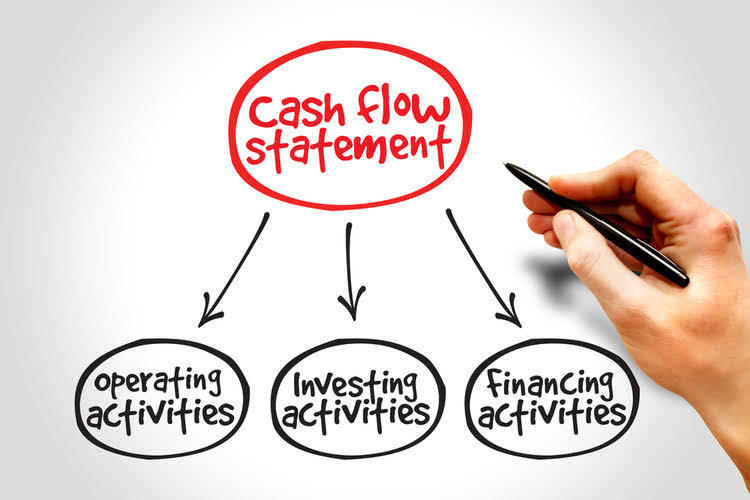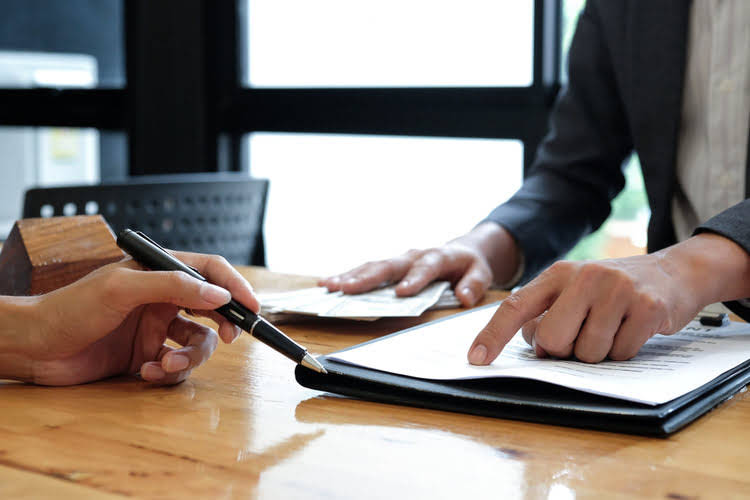
Keeping track of your invoices protects you and your business, and it makes auditing and settling your accounts easier later. If there are any changes to the original order, a purchase order can serve as a reminder of what was originally requested. This can help avoid any confusion or miscommunication between your organization and the supplier. For example, you risk generating duplicate requests and losing money if you don’t have a purchase order in place.
- By using manual processes for your company spending, you’re putting your company at financial risk.
- The purpose of a purchase order is to keep track of your order status, manage all the payments that must be made to the suppliers, and clarify the transaction terms.
- The invoice is an important part of company record keeping and accounting.
- Your business can create a Wise Business account for free and start saving time and money straight away.
- The primary purpose of a purchase order is to provide clear instructions to the supplier on what needs to be delivered and when.
- If you’re shipping products internationally, for example, you’ll need to issue a commercial invoice that contains extra details such as shipping and transport fees.
Simplifies Invoicing for the Seller
- Just upload your form 16, claim your deductions and get your acknowledgment number online.
- An invoice refers to an official payment request that the seller sends to the buyer once the purchase order has been fulfilled.
- A purchase order (also known as a PO) is the official document sent by a buyer to a vendor with the intention to track and control the purchasing process.
- It acts as an official agreement between buyer and seller, authorized by the management of both companies.
If a customer purchases something without paying right away, send an invoice. A sales invoice’s aim is to detail the items and services delivered, the quantity of each, and conditions of sale, including delivery method and payment due date. The purpose of a purchase invoice is to serve as a record of the goods received as well as document the terms of the purchase agreement.
Understanding the Basics: Purchase Orders vs. Invoices in Procurement

Typically, businesses send invoices with a payment due date after goods or services are delivered. Knowing the distinctions and similarities between purchase orders and invoices won’t assist you much here. Even if you use an invoice template, manually creating a large number of such documents https://www.bookstime.com/ can be time-consuming and error-prone. Furthermore, manual records have the tendency to become disorganized — or even worse, disappear — causing issues during disputes or audits. A purchase order is not a binding contract, but it does serve as an official request for goods or services.
Give your clients a way to pay online
Although not legally binding by default, an invoice can be if agreed upon by both parties. It’s strongly recommended to take this route and secure it as a signed contract to help protect yourself and ensure payments should a party refuse to pay. A purchase order is a document used by the buyer to communicate their intent to purchase goods or services from a supplier. It includes details such as the items being purchased, quantities, prices, delivery dates, and payment terms.
Is a purchase order proof of payment?
The purchase order is prepared by procurement, approved, and submitted to a supplier or vendor to initiate a purchase. The payment terms are also specified on the invoice such as when payment is due and any discounts available for early payment. Creating a purchase order is an essential step in the procurement process. It helps to ensure that all parties involved understand what goods or services are required and at what price. One benefit of using a purchase order is that it can help prevent misunderstandings and disputes between the buyer and seller.
Once you approve the purchase order, the invoice goes out to the purchaser. By using manual processes for your company spending, you’re putting your company at financial risk. According to one study done by Rubberstamp.io, manual processes (i.e. Excel spreadhseets) increase the likelihood of spending errors. In fact, they contain information from the purchase order to request payment from the buyer. Although a lot of the information on a purchase order and an invoice are the same, these documents serve two very different functions.

You can see that the purchase order and the purchase order number are important tools for both buyers and sellers alike. An invoice should include the original purchase order number for reference. This will show the client’s accounting department that this transaction was already budgeted what is the difference between an invoice and a purchase order brainly for and approved previously. Now you know the difference between purchase order vs invoice, you’ll see that both play a key role in the purchasing cycle. Once a PO has been signed by both parties, it is a legally binding contract for the works to commence at the agreed price.
Purchase Order vs Invoice: 6 Differences Between Them
The invoice should include the invoice number and the purchase order number. Match the invoice with the purchase order to confirm that the items listed on the invoice were actually ordered and received by the company. With invoices, you can streamline the payables and payment processes using best practices that AP automation software provides. A purchase order is most commonly used to place an order for goods or services. When you create a purchase order, you specify the items you need and the quantities of each item. You may also include specific instructions for the supplier, such as delivery date or payment terms.
Once a seller receives a PO, they send the products and an invoice to the buyer for payment. If you’re a seller, you can create an invoice in response to a purchase order. Businesses that receive or expect payments from the sale of goods and services should use invoices. As a business owner, you are responsible for handling many documents to keep your business’s finances on track. And if your company deals with business inventory, you’ll probably find yourself juggling both invoices and purchase orders. Businesses match invoice details with PO details and a packing slip/receiving report corresponding to items received from the purchase order to verify and approve valid invoices for payment.
